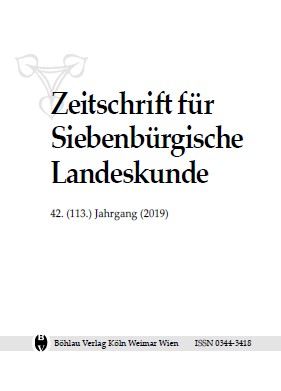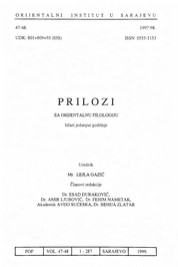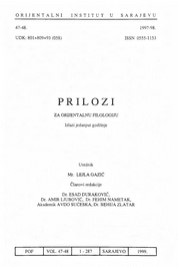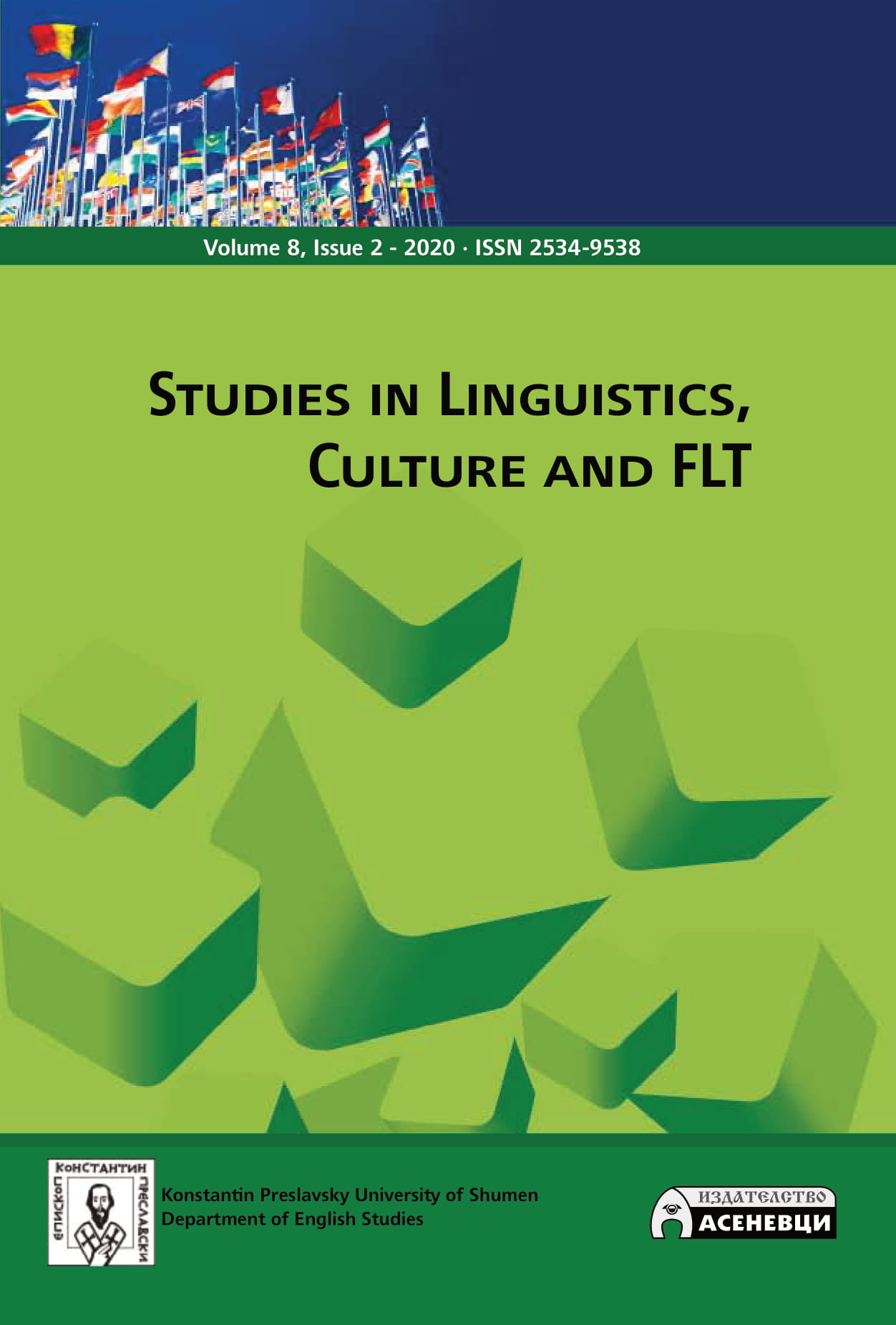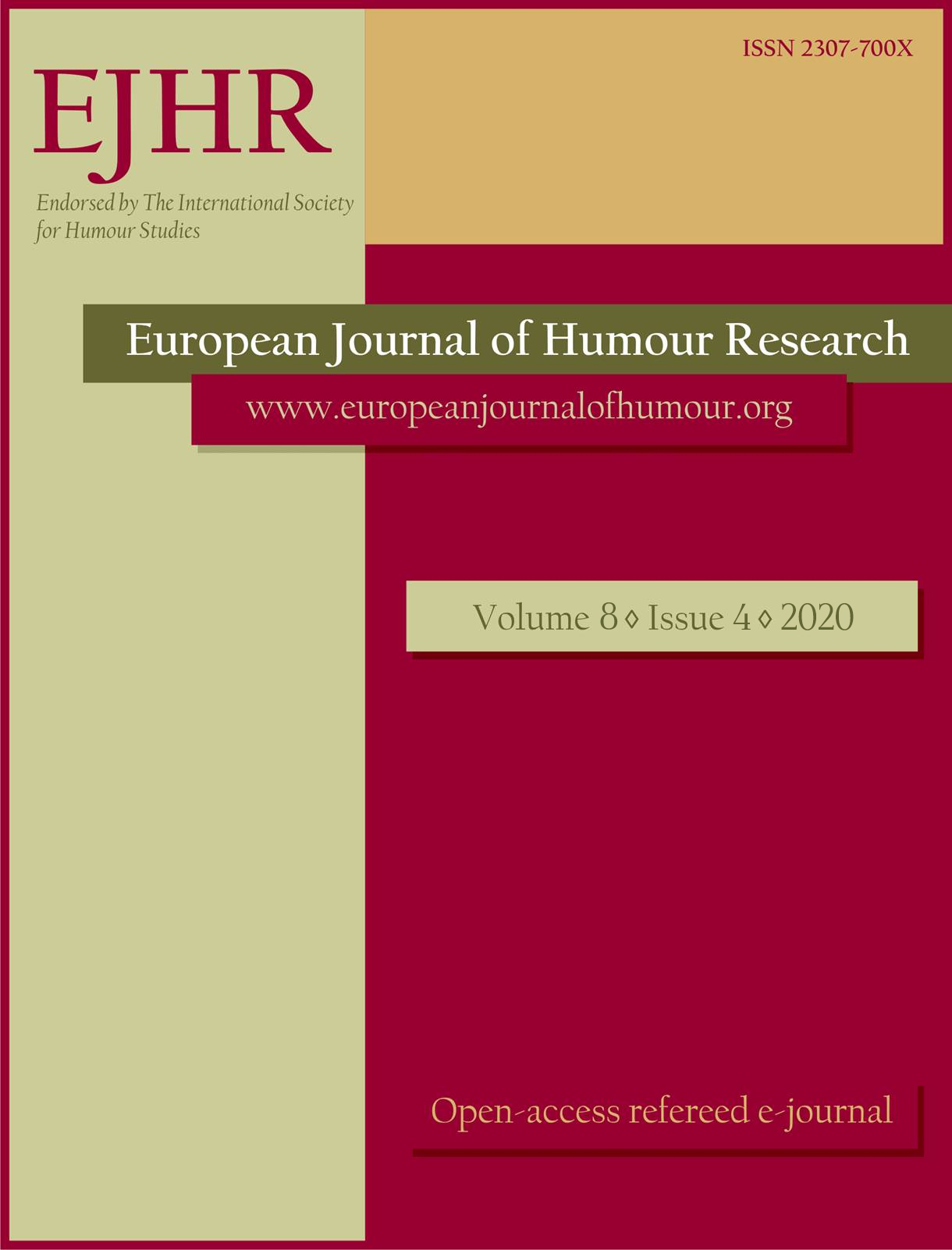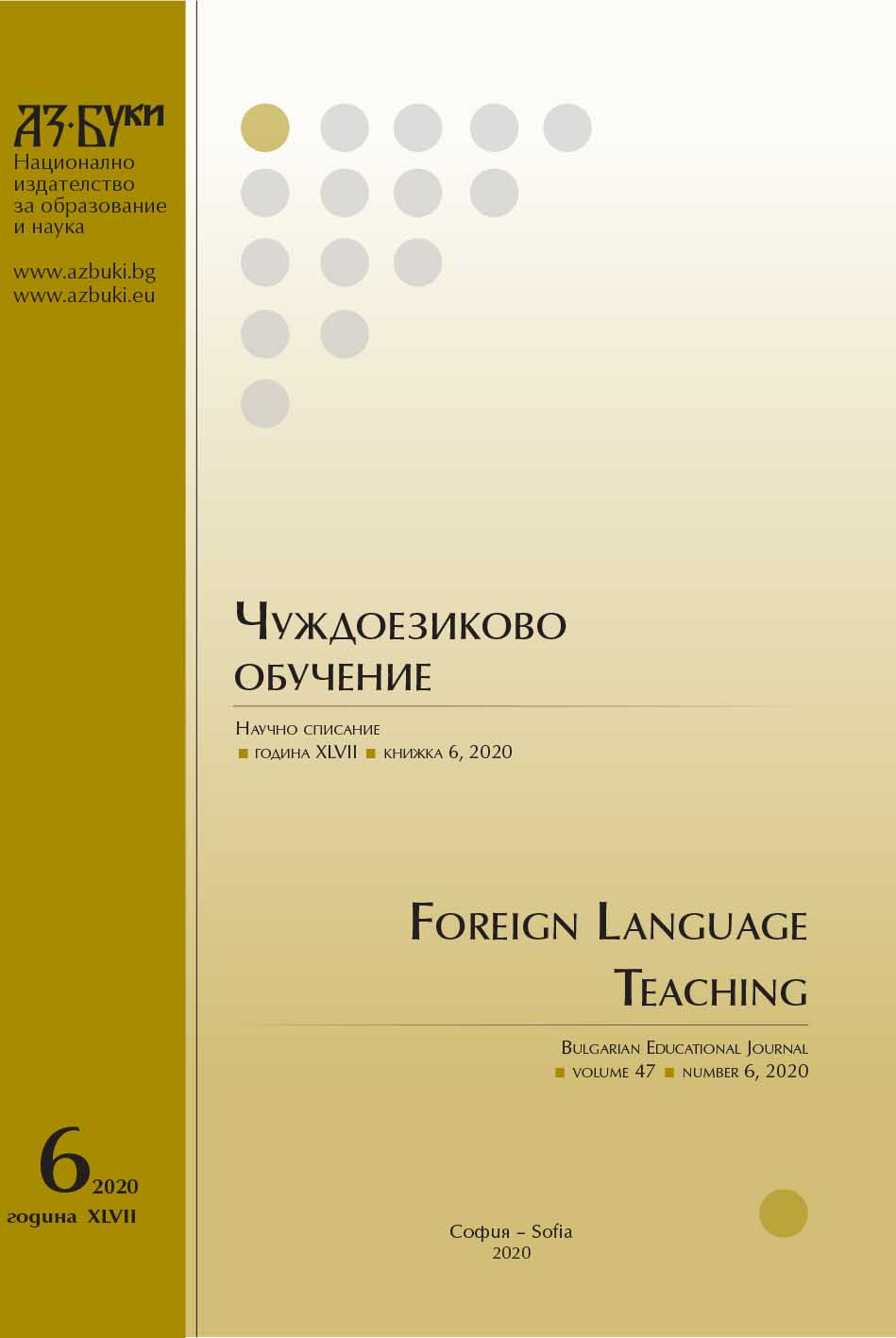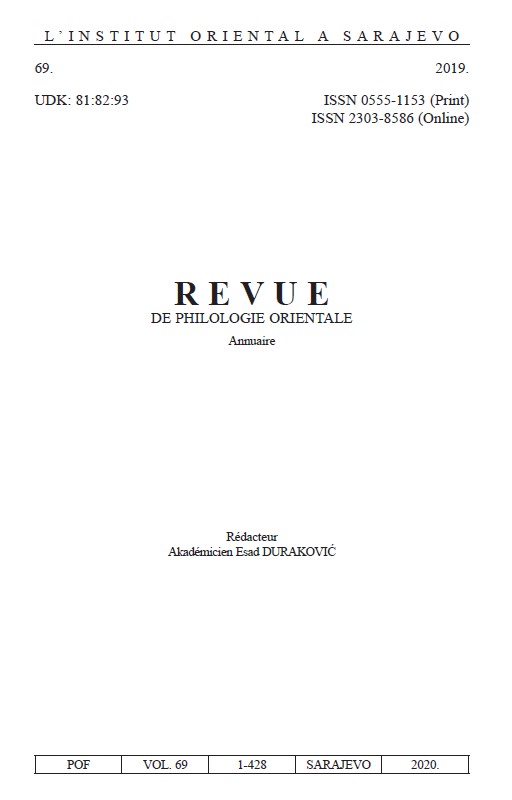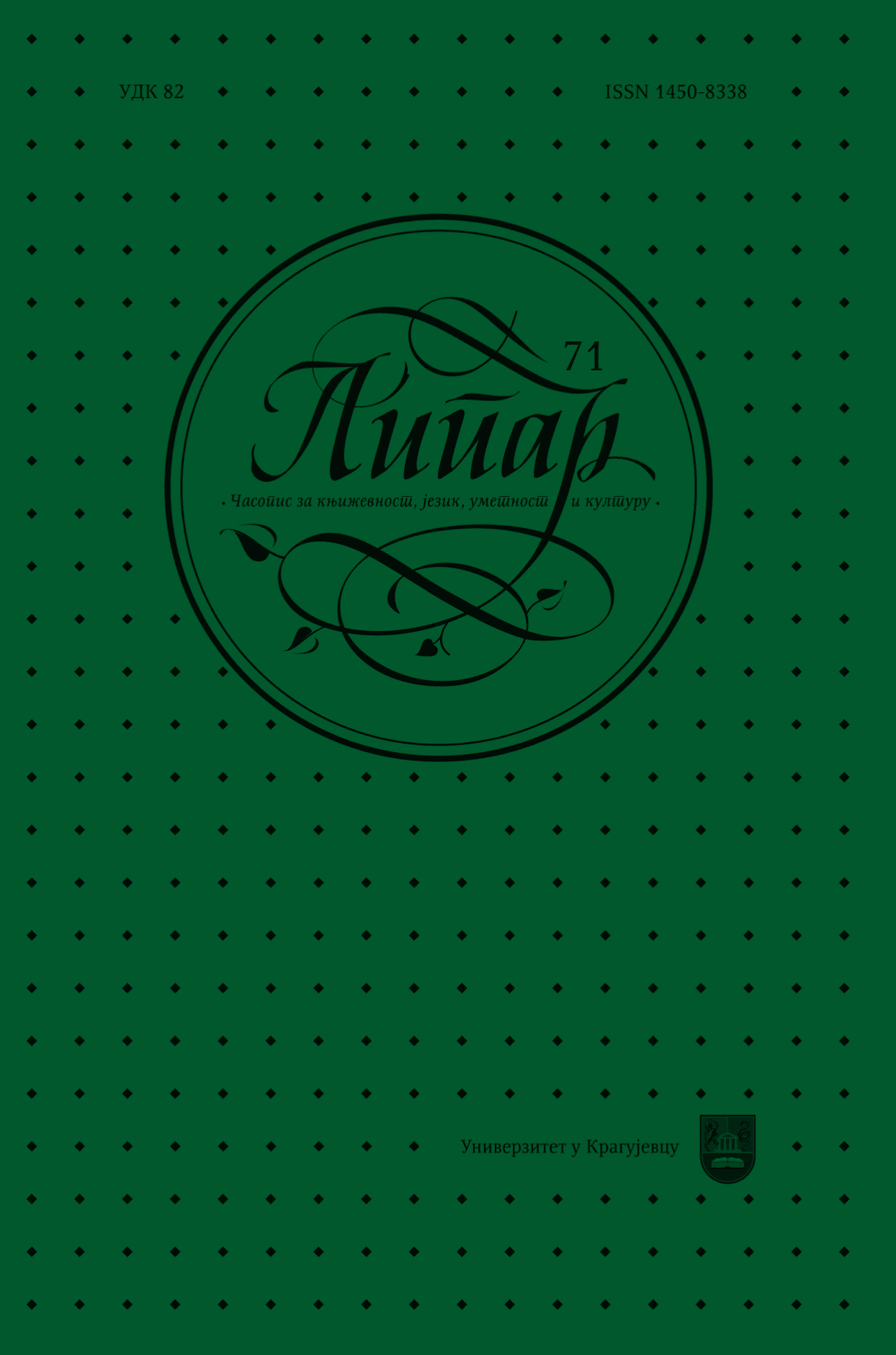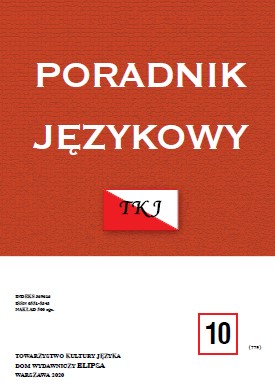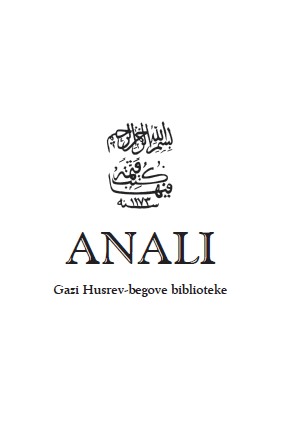
КОМПАРАТИВНА АНАЛИЗА СРПСКИХ И ШПАНСКИХ ПАРЕМИЈА СА ЛЕКСЕМОМ "СРЦЕ"
This article presents a comparative analysis of Serbian and Spanish prov- erbs and sayings containing the lexeme heart, in order to discover and compare how these two cultural and linguistic communities experience and interpret the world that surrounds them. The aim of this paper is to extract proverbs containing the lexeme heart and then to classify them using a qualitative and descriptive method of analysis according to the ideas they contain when defining and portraying the concept of heart. Accordingly, the research questions in this paper are: In what way(s) do Serbian and Spanish proverbs and sayings containing the lexeme heart conceptualize this concept and, therefore, how is this organ represented in the cultures and languages of these two communities? What similarities and differences do Serbian and Spanish proverbs and sayings portray at the level of ideas? The analysis has shown that both Serbian and Spanish proverbs illustrate the same or similar ideas, revealing similarities rather than differences in the ways of understanding and conceptualizing the concept of heart. This does not come as a surprise, bearing in mind that these two communities share the Indo-European language heritage and belong to similar socio-historical and cultural contexts. The heart is perceived as the most important organ in the human body, crucial for its functioning. At the same time, it is the central place for one’s feel- ings and therefore a vital element in the functioning of one’s emotional life. Love is perceived as the most important feeling that causes happiness: a heart that is happy is a heart filled with love, and it affects people and their health positively. The heart also helps us to cope with troubles and overcome adverse life circumstances. It has the need and desire to approach the object of love: if the object of love is not physically present, love weakens, and the emotional bond between two people can be interrupted. When it comes to differences, Spanish language offers more proverbs and sayings, while Serbian language lacks examples in which the concept of heart is connected with the body temperature (heat and cold), food, intuition, honesty and loyalty.
More...
